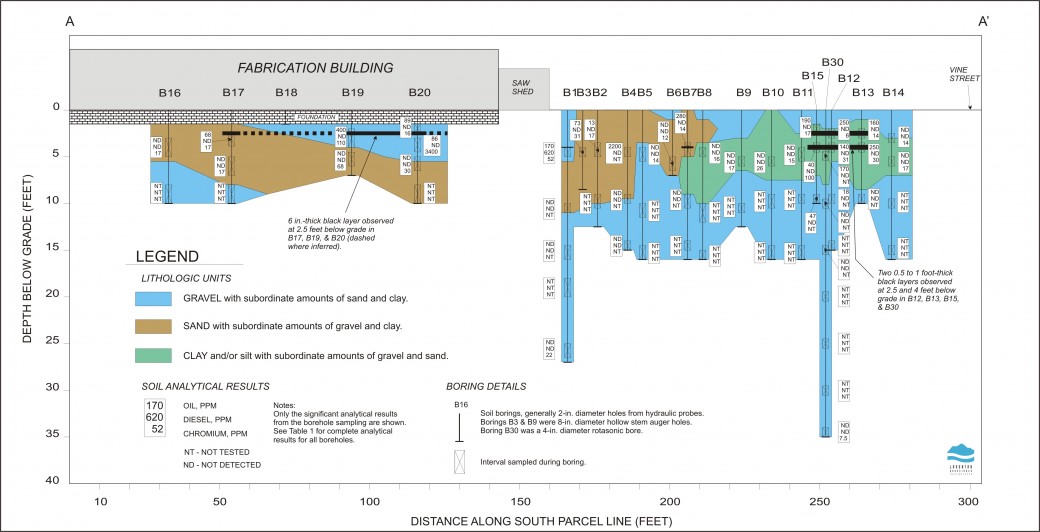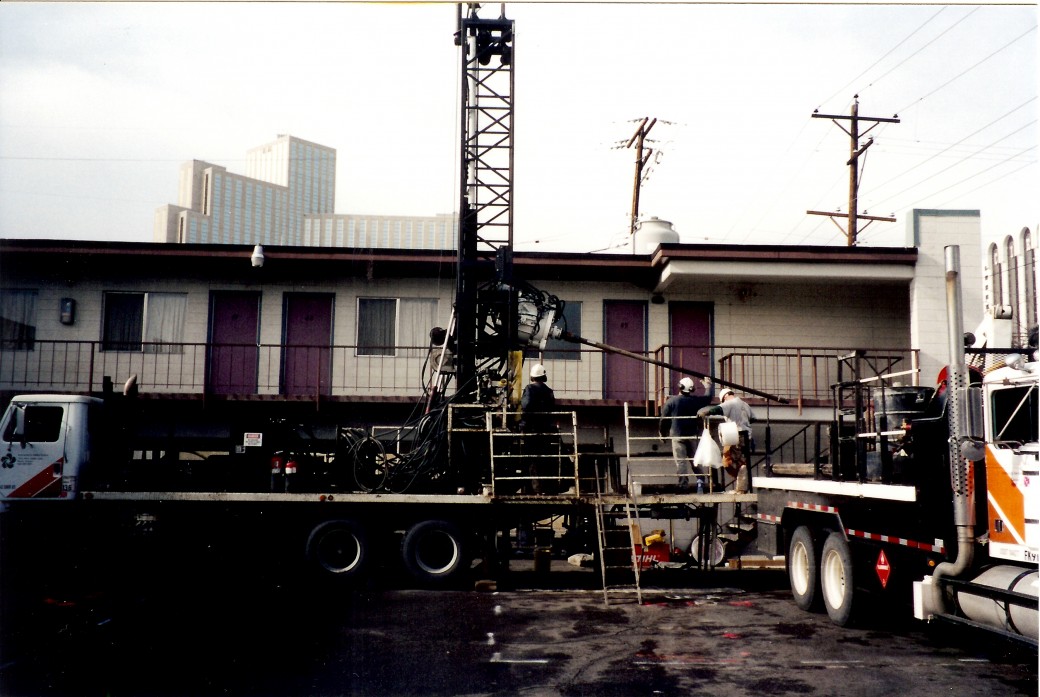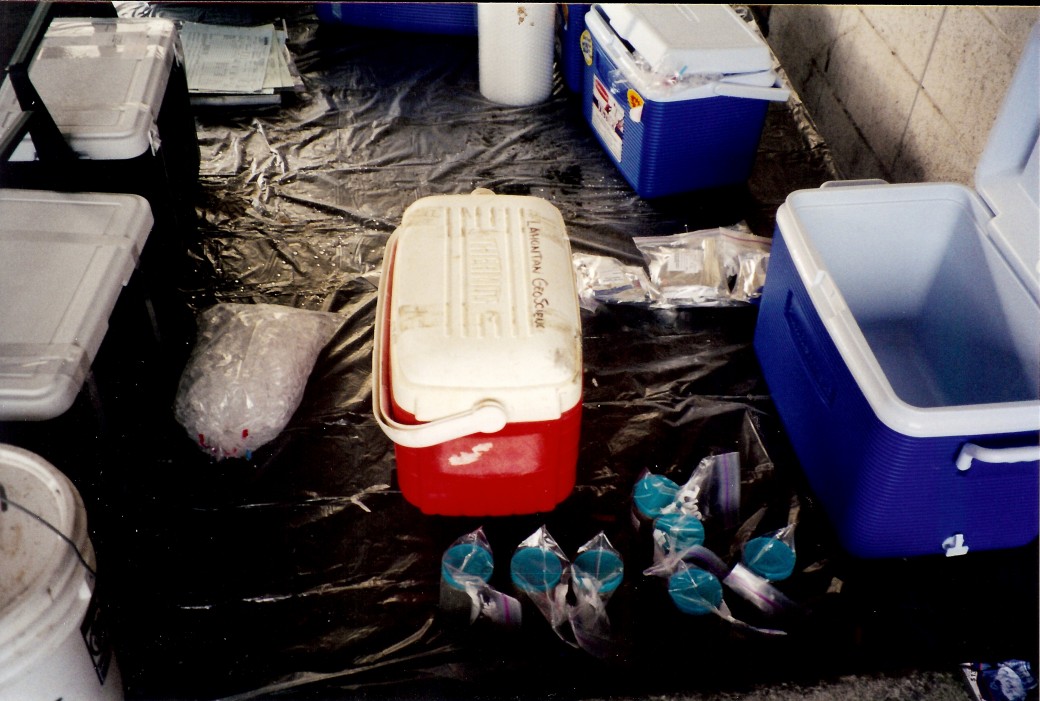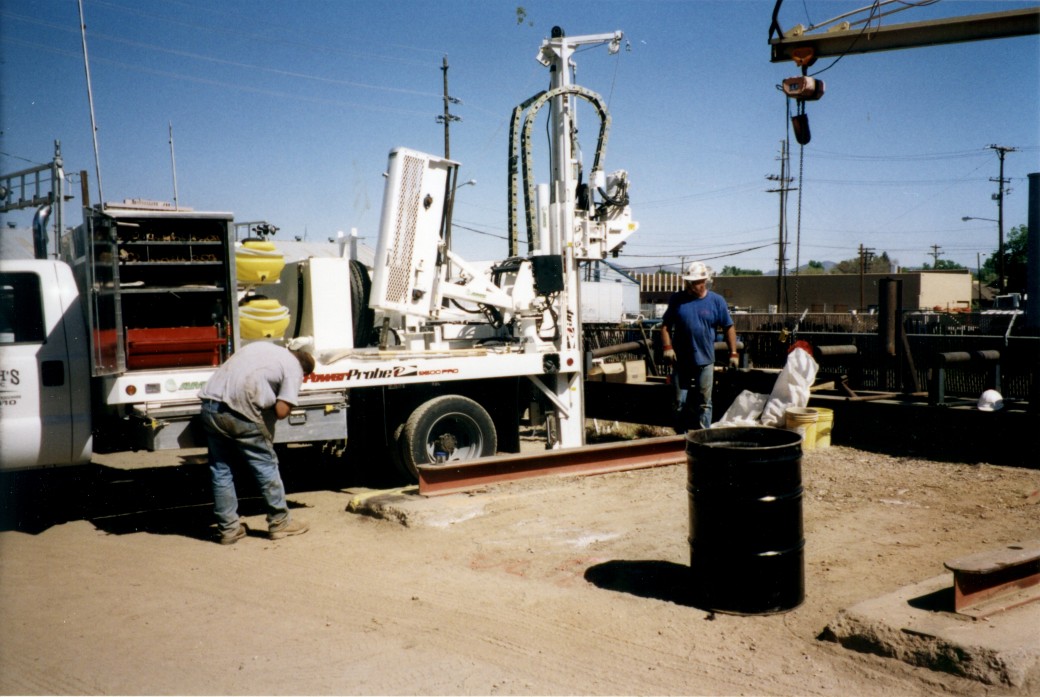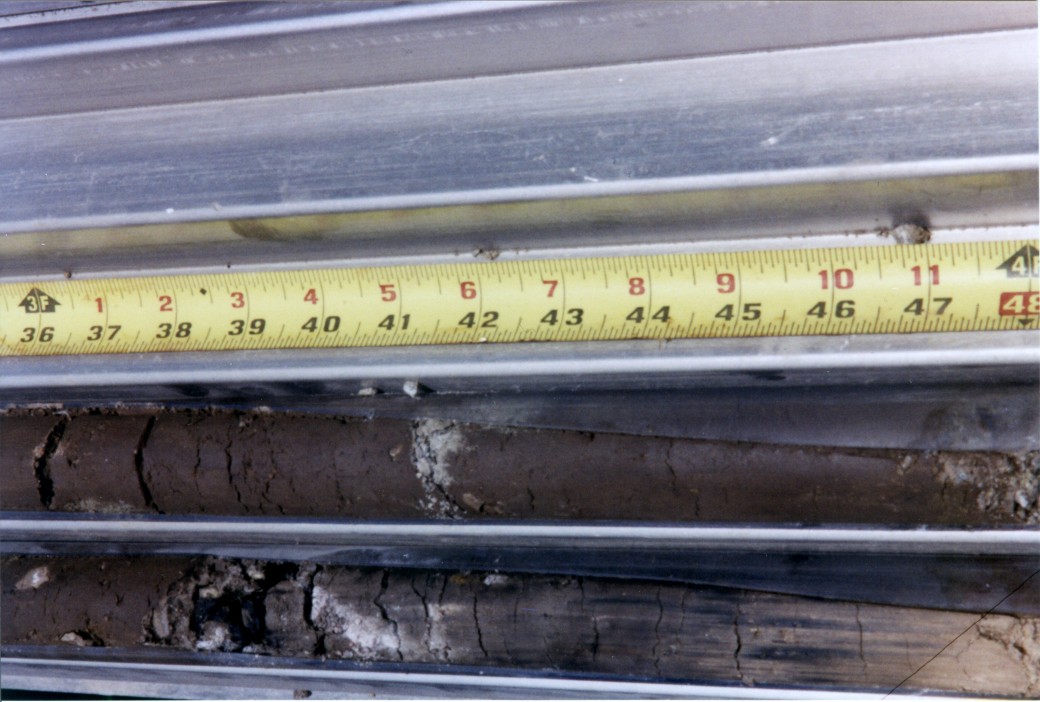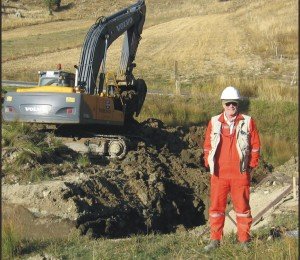
Lahontan GeoScience has expertise in conducting site investigations including geological mapping, soil borings, test pits, groundwater sampling and monitoring well installation. A site investigation refers to the process of determining surface and subsurface conditions in an area of proposed construction. Surface and subsurface conditions may influence what can be built and will directly affect the design and construction procedures relating to how a structure is built. Geological mapping and aerial photo analysis provide information of the type and extent of soils, underlying rock types, and landform development and drainage patterns. Soil borings and test pits provide a visual identification of underlying soil strata and can be used to retrieve samples for laboratory analysis. Groundwater sampling from existing or purpose-built monitoring wells provides data on depth to water, water quality and presence of contaminants.
